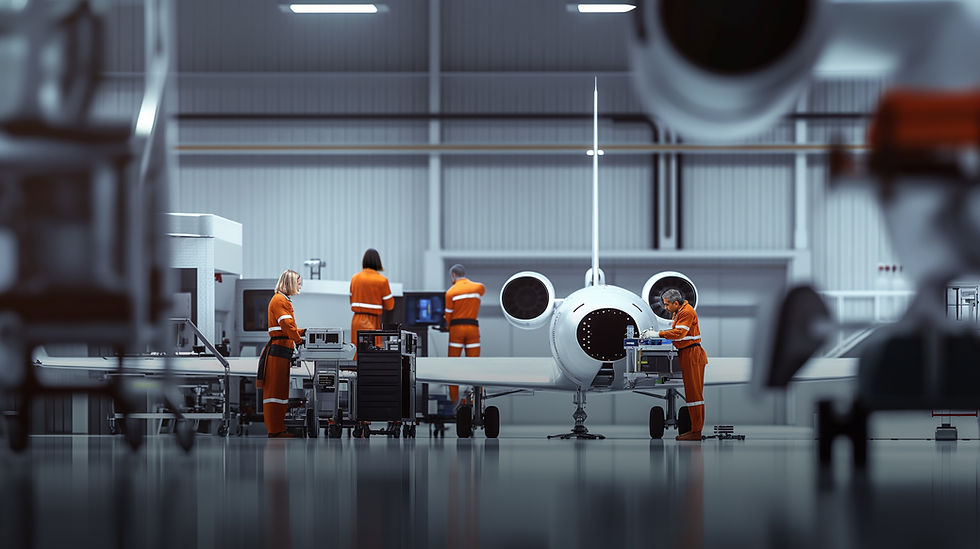Preventive Maintenance and Cost Savings
- Jayan Varghese

- Oct 20
- 1 min read
Learn how proactive maintenance strategies can significantly reduce operational costs.

In aviation, the difference between efficiency and disruption often comes down to preventive maintenance. By addressing potential issues before they become failures, preventive maintenance ensures aircraft remain reliable, safe, and cost-efficient throughout their operational lifespan.
Preventive maintenance involves scheduled inspections, testing, and component servicing performed at specific intervals or usage thresholds. These activities are guided by manufacturer recommendations and regulatory requirements to maintain compliance and performance. Rather than reacting to failures, operators proactively monitor key systems such as hydraulics, brakes, and power generation units to identify early signs of wear, corrosion, or imbalance.
The financial benefits of preventive maintenance are significant. Detecting and correcting minor issues early helps avoid expensive component replacements, unscheduled downtime, and flight cancellations. Unplanned repairs can be several times more costly than scheduled maintenance, especially when factoring in AOG (Aircraft on Ground) situations, crew adjustments, and logistical challenges. Predictive data analysis and trend monitoring further enhance cost control by allowing maintenance teams to plan repairs efficiently and allocate resources effectively.
From a safety standpoint, preventive maintenance directly contributes to reliability and operational consistency. It minimizes the risk of in-flight incidents, improves component longevity, and ensures every aircraft meets the highest airworthiness standards. For operators, it also strengthens customer confidence by demonstrating a clear commitment to safety and quality.
In essence, preventive maintenance is both a technical and financial strategy. It reduces unexpected costs, extends the lifespan of critical assets, and supports the long-term sustainability of flight operations. By prioritizing prevention over reaction, airlines and maintenance providers achieve better performance, higher safety margins, and measurable savings that benefit every level of operation.



